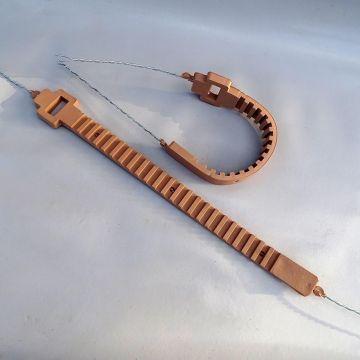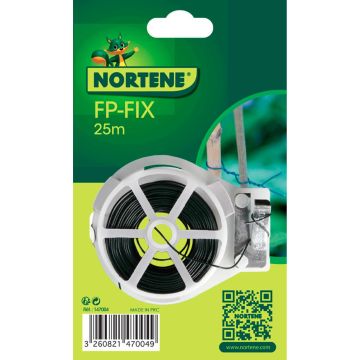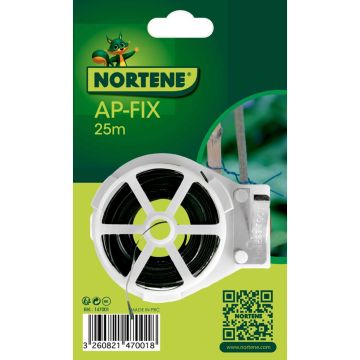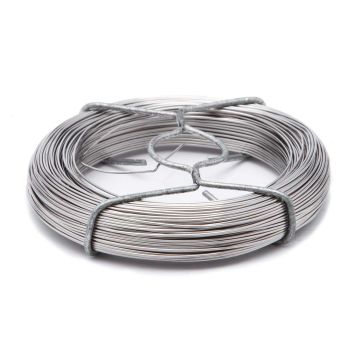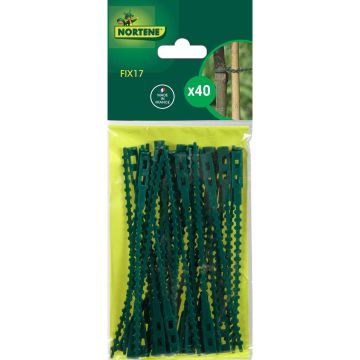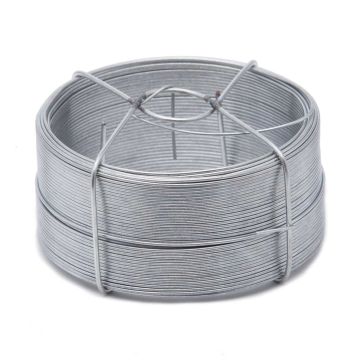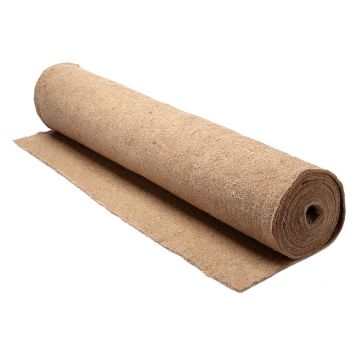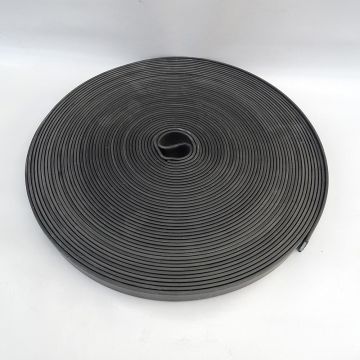Tree ties
Does this plant fit my garden? Set up your Plantfit profile →
Available in 3 sizes
Available in 3 sizes
Available in 1 sizes
Available in 3 sizes
Available in 2 sizes
Available in 3 sizes
Available in 1 sizes
Available in 2 sizes
Available in 2 sizes
Available in 1 sizes
Available in 3 sizes
Available in 2 sizes
Available in 2 sizes
Available in 1 sizes
Available in 4 sizes
Available in 1 sizes
Available in 3 sizes
Available in 2 sizes
Available in 2 sizes
Sometimes it is necessary to securely attach young plants to a stake, in order to protect them from damage caused by strong winds while they establish strong roots. This is particularly true when they are planted in loose soils (sandy, humus-rich, loamy) or very wet soils. We offer different solutions adapted for attaching trees and bushes to their stakes.
The Tree Tie Belt allows young plants to be securely fastened to their planting stake while still allowing the plant to move slightly in the wind. To adapt it to the trunk diameter and accommodate its growth in width, a notch system allows it to be adjusted to the right size.
The Soparco Buckles are flexible ties equipped with a tightening and loosening system using notches and two holes that allow them to surround the support and then the trunk to be staked, binding them together without touching.
The FIX plastic ties are used in a similar way to the 'Serflex' clamps that DIY enthusiasts are familiar with, but they have been specifically designed to securely attach trees and bushes to their support, without damaging their branches.
The Biflex tie is ideal for attaching the stems of delicate plants to their support without risking injury. Made from polyethylene foam reinforced with a steel wire, it is as flexible as a wire and can be twisted as desired, while remaining soft and gentle like foam. This prevents damage to the tender bark of young stems that are swayed by the wind, while allowing them to grow without being strangled.
Haven't found what you were looking for?












































